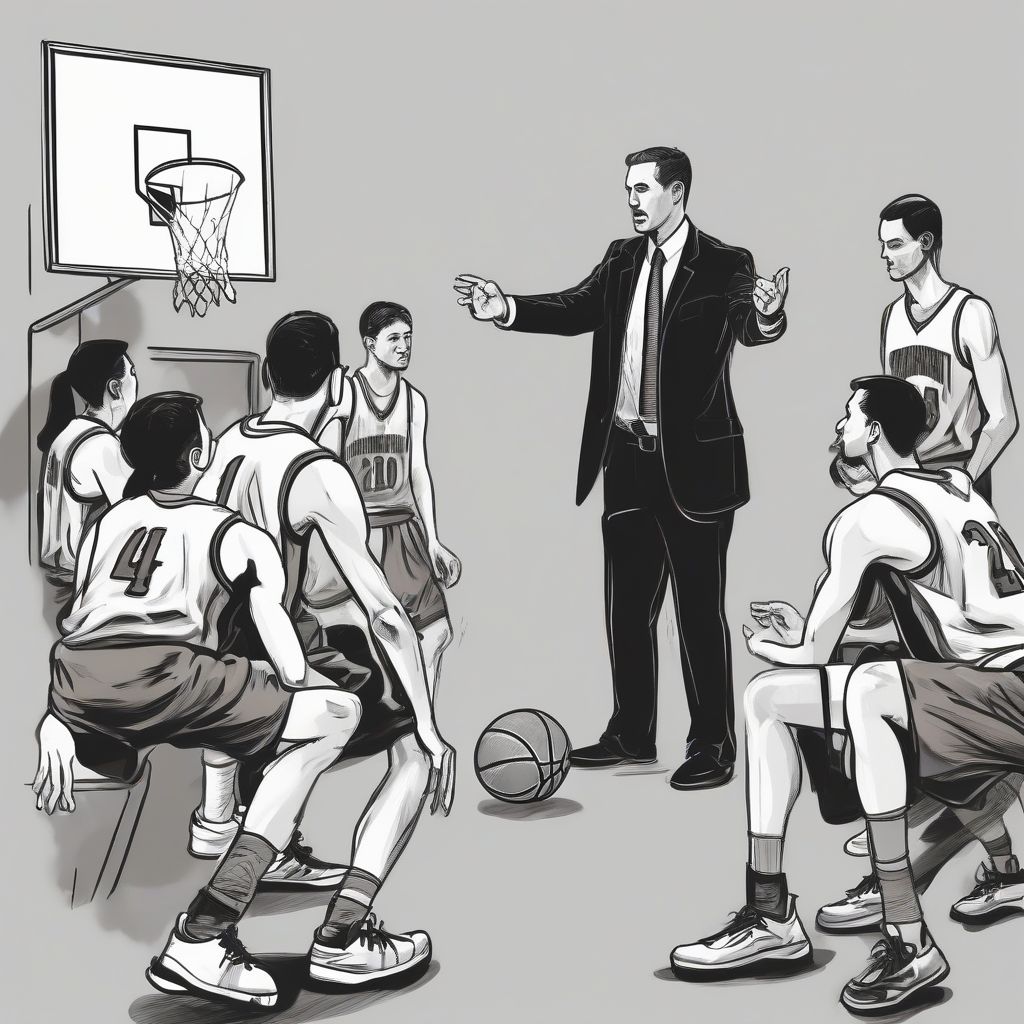Have you ever watched a game and wondered how a team completely turned the tide after halftime? More often than not, it’s not about raw talent alone, but about smart tactical adjustments. Recognizing these shifts is key to appreciating the strategic depth of sports, whether you’re a coach, player, or simply a passionate fan. This article delves into the art of identifying tactical adjustments in sports games, equipping you with the knowledge to analyze the action like a pro.
Understanding the Basics of Tactical Adjustments
Tactical adjustments are alterations made to a team’s game plan during a match to counter the opponent’s strategy, exploit weaknesses, or capitalize on unforeseen opportunities. These changes can be subtle or dramatic, impacting everything from player positioning and formations to offensive and defensive schemes.
Why Are Tactical Adjustments Important?
Tactical flexibility is crucial for success in any sport. A rigid approach can be easily exploited by a savvy opponent. Adjustments allow teams to:
- Counter Opponent Strategies: If the initial game plan isn’t working, adjustments are needed to neutralize the opponent’s effectiveness.
- Exploit Weaknesses: As a game progresses, weaknesses in the opponent’s lineup or strategy may become apparent. Adjustments allow teams to capitalize on these vulnerabilities.
- Adapt to Changing Circumstances: Unexpected events, like injuries, weather changes, or shifts in momentum, require teams to adapt their approach on the fly.
- Maintain a Competitive Edge: In high-level competition, even small adjustments can make a significant difference in the outcome.
Key Indicators of Tactical Adjustments
Identifying tactical adjustments requires careful observation and an understanding of the sport. Here are some key indicators to look for:
Personnel Changes
Substitutions aren’t always about fatigue or performance issues. They can be tactical, bringing in players with specific skillsets to address a particular need. For instance, a basketball coach might substitute a defensive specialist to guard a hot-shooting opponent.
Formation Shifts
Pay attention to how teams are positioned on the field or court. A change in formation can signal a shift in strategy. A soccer team switching from a 4-4-2 to a 4-5-1 might indicate a more defensive approach.
Tempo Changes
A sudden increase or decrease in the pace of play can be a tactical move. A basketball team might slow down the tempo to control possession and limit the opponent’s fast-break opportunities.
Style of Play Changes
Observe shifts in a team’s offensive or defensive style. A football team might abandon a passing attack and focus on running the ball if they are facing a strong pass rush.
Focus Shifts
Teams might shift their focus to exploit specific matchups. A basketball team might start feeding the ball to their center if they have a size advantage in the post.
Practical Tips for Identifying Tactical Adjustments
- Know the Sport: A deep understanding of the rules, strategies, and common tactics of the sport is essential.
- Study Pre-Game Analysis: Pay attention to pre-game discussions and analysis, as they often highlight potential tactical matchups and strategies.
- Watch Closely: Don’t just watch the ball; observe player movement, positioning, and communication.
- Listen to Commentators: Commentators often point out tactical adjustments and provide insights into the coaches’ thinking.
- Analyze Post-Game Interviews: Post-game interviews with coaches and players can reveal the reasoning behind specific tactical decisions.
Applying Your Knowledge: Examples of Tactical Adjustments
- Basketball: Switching from a man-to-man defense to a zone defense to disrupt the opponent’s offensive flow.
- Football: Employing a no-huddle offense to increase tempo and tire out the opposing defense.
- Soccer: Bringing on a second striker late in the game to push for a tying or winning goal.
- Tennis: Changing the serve placement and spin to exploit the opponent’s weaknesses.
- Baseball: Bringing in a relief pitcher with a specific pitch type to match up against a particular batter.
“As legendary coach John Wooden said, ‘Flexibility is the key to stability.’ This holds true in sports, where the ability to adapt is often the difference between victory and defeat.”
 Tactical Adjustments in Basketball
Tactical Adjustments in Basketball
Developing Your Analytical Eye
Identifying tactical adjustments is a skill that improves with practice. The more you watch and analyze games, the better you’ll become at recognizing the subtle shifts that can determine the outcome. By paying attention to these details, you’ll gain a deeper appreciation for the strategic intricacies of sports and enhance your enjoyment as a fan, coach, or player.
Conclusion
Recognizing tactical adjustments is crucial for anyone looking to understand the nuances of sports at a higher level. By observing personnel changes, formation shifts, tempo and style of play alterations, and shifts in focus, you can gain valuable insights into the strategic decisions made by coaches and the responses of their opponents. This article provided a comprehensive guide to help you identify these adjustments, empowering you to analyze games with a more informed and discerning perspective. Now, put your newfound knowledge into action and start dissecting the next game you watch! Share your observations in the comments below, and let’s discuss the fascinating world of sports tactics. What adjustments have you spotted recently that made a significant impact on a game?



